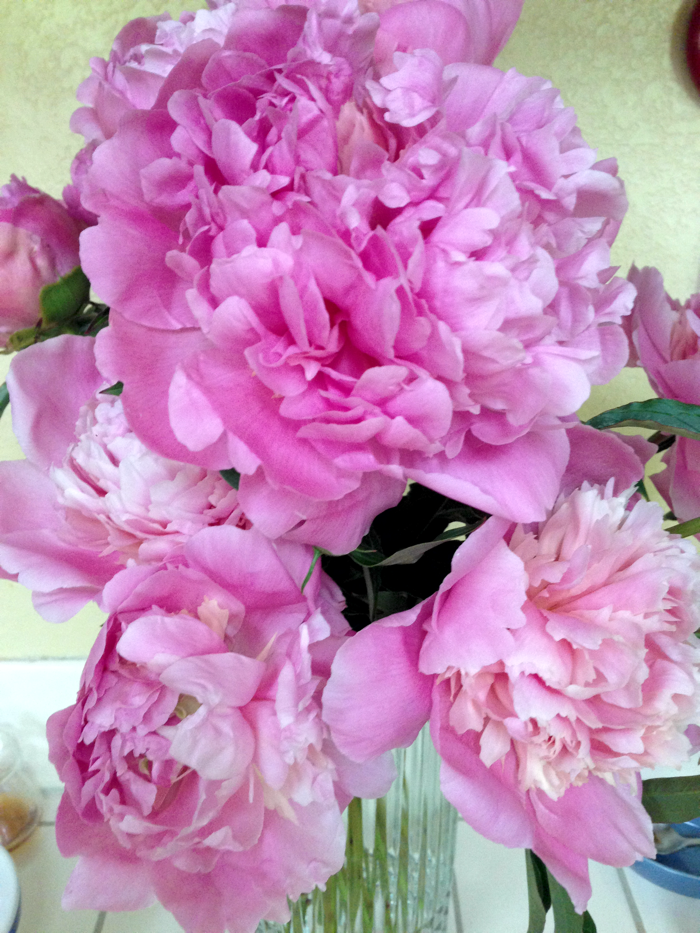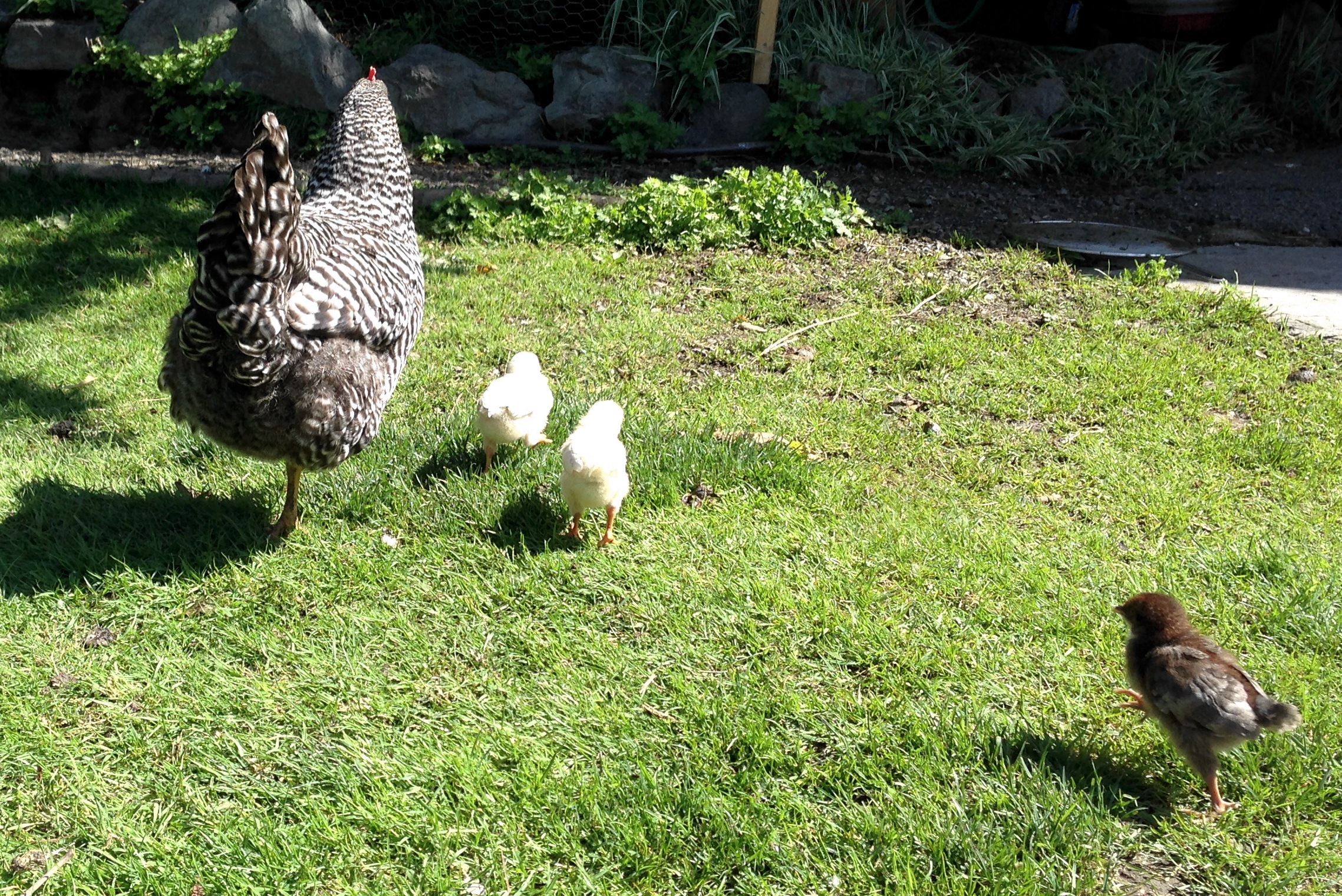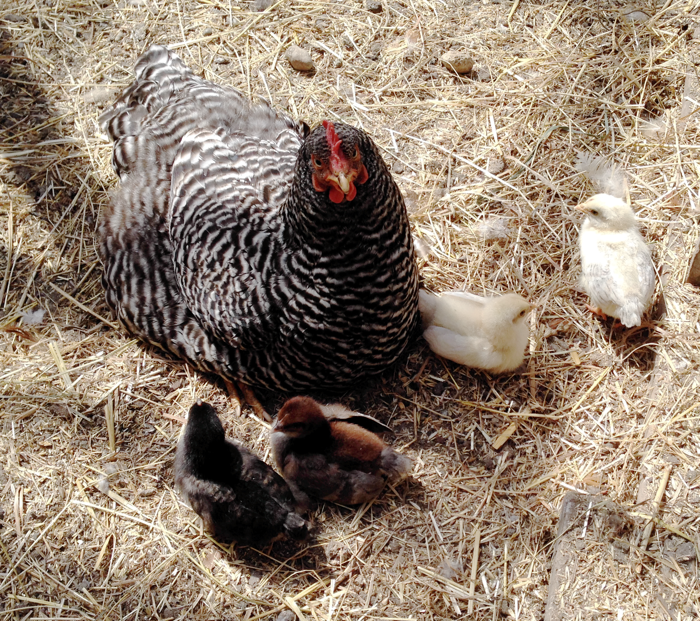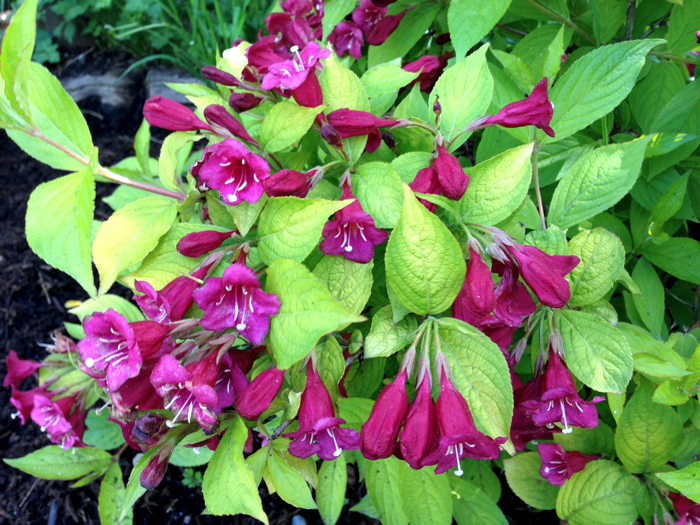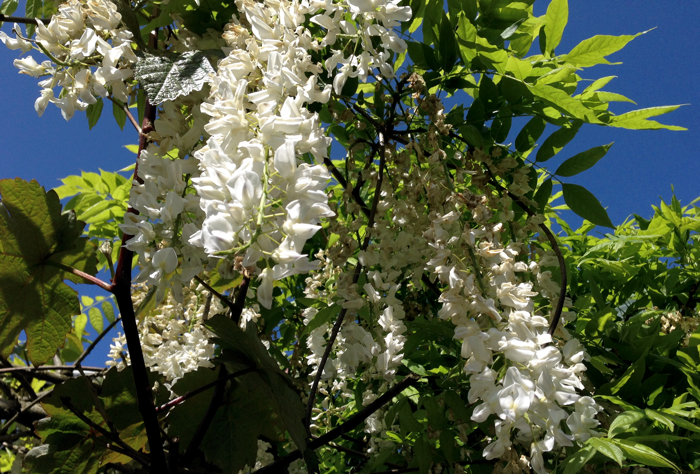Your cart is currently empty!
Month: May 2014
-
Duckweed – Desert for Chickens
The chickens are having a party. I hauled out a pile of duckweed from the pond. The chickens won’t dive into a pond to gobble up the duckweed like ducks do. But scoop it out for them, and they will devour it all. The duckweed is full of small pond bugs which the chickens like too. Through the summer months, there is an endless supply to feed the birds and fertilize the fields.

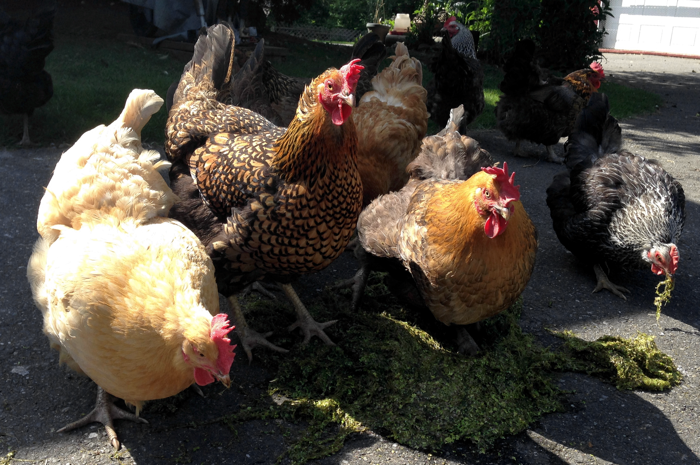
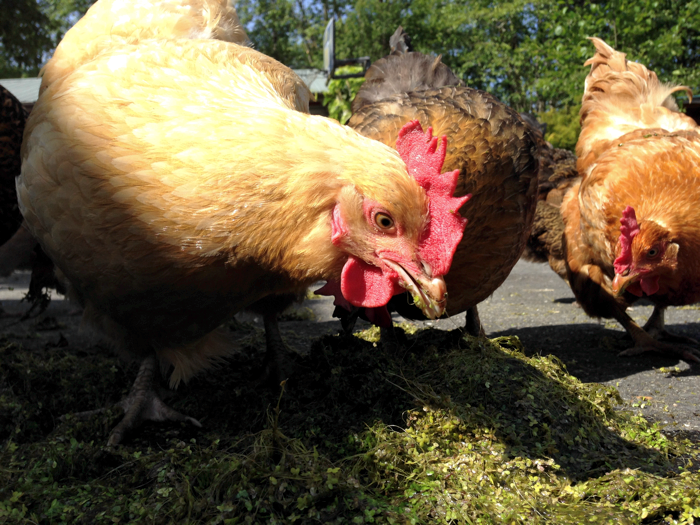

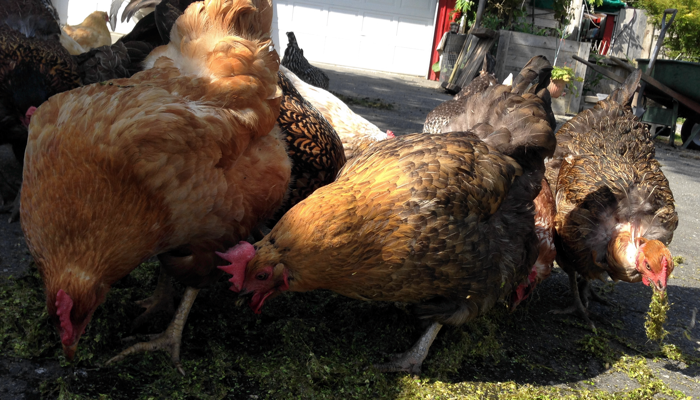
- The Charms of Duckweed
- Common Duckweed ~ Texas A&M
- Duckweed: Environmental Star ~ Rutgers University
- Lemna minor (lesser duckweed) and Lemna trisulca (star duckweed) ~ Washington State Department of Ecology
- Duckweed as Chicken Feed ~ Avian Aqua Miser
-
Farming Is About Patterns
You can’t step outdoors and not see interesting patterns. And no two days are the same. Some days the sun’s light touches everything. Other days the clouds roll thick across the sky. Someone has moved the wheelbarrow. A bale of straw has been left out in the open, a rake propped against it. Patterns change by the hour, by the minute. Someone has left eggs on the tool cabinet. A hen walks right in front of your lens. A hen is stretching her wing in the sun. Someone is carrying in the eggs left on the tool cabinet. Things change before you have a chance to get bored.

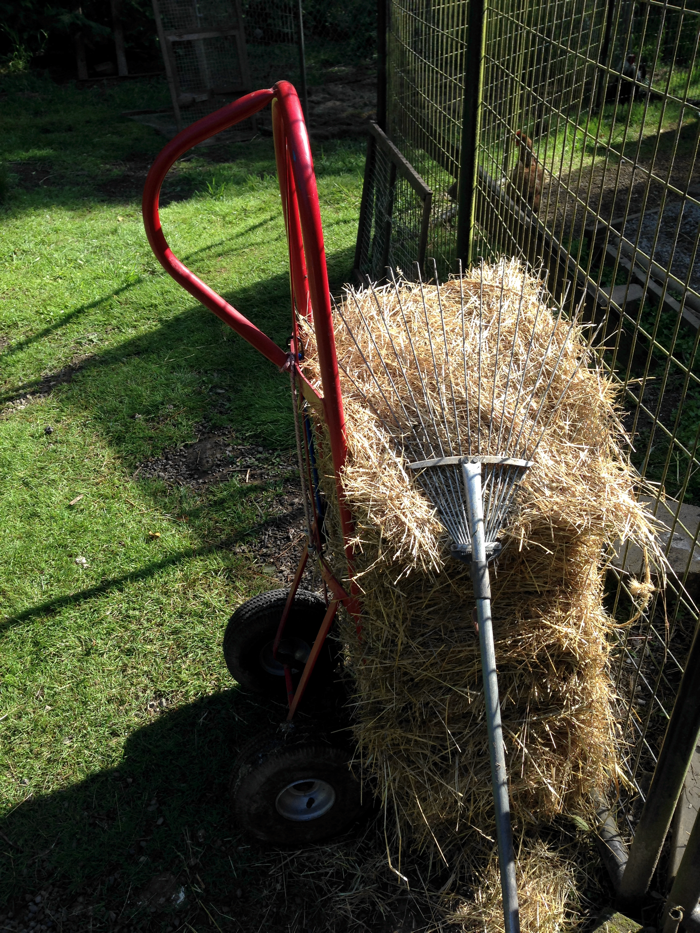


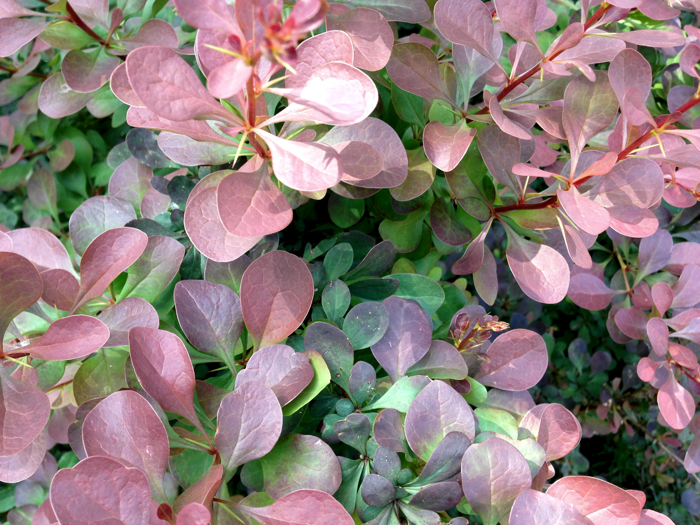


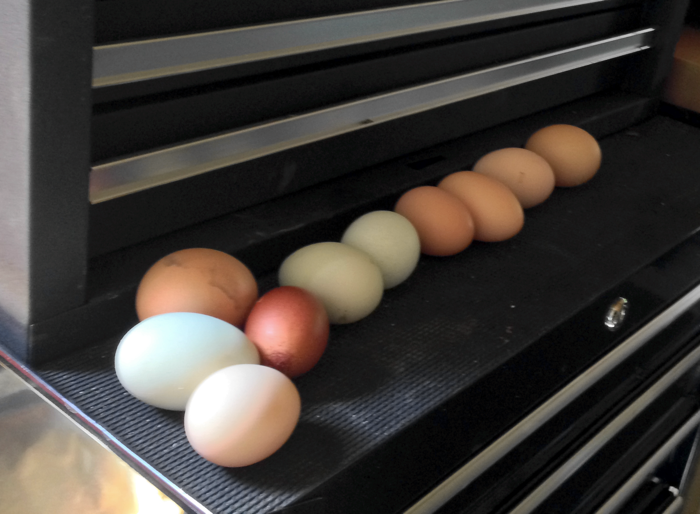
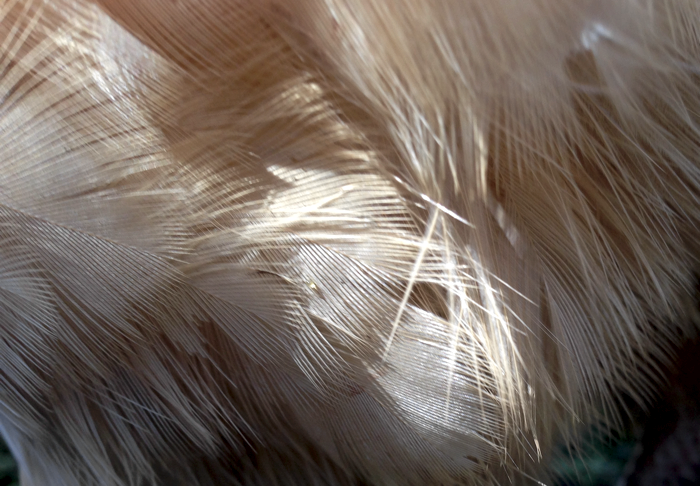
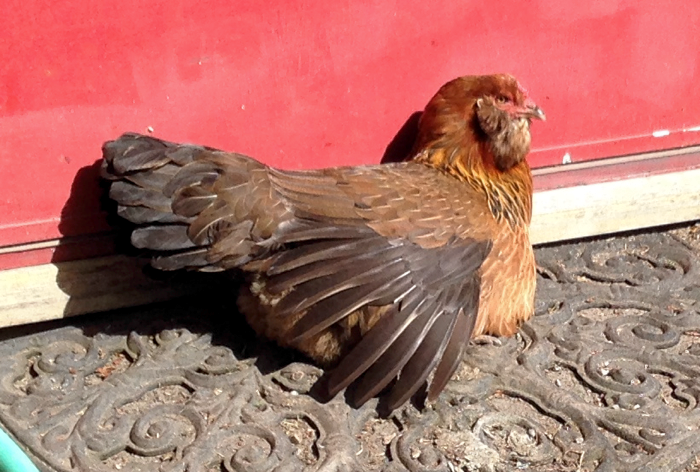
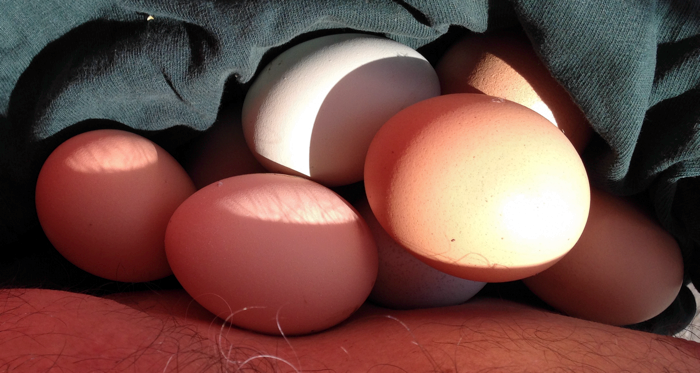
-
Up You Go
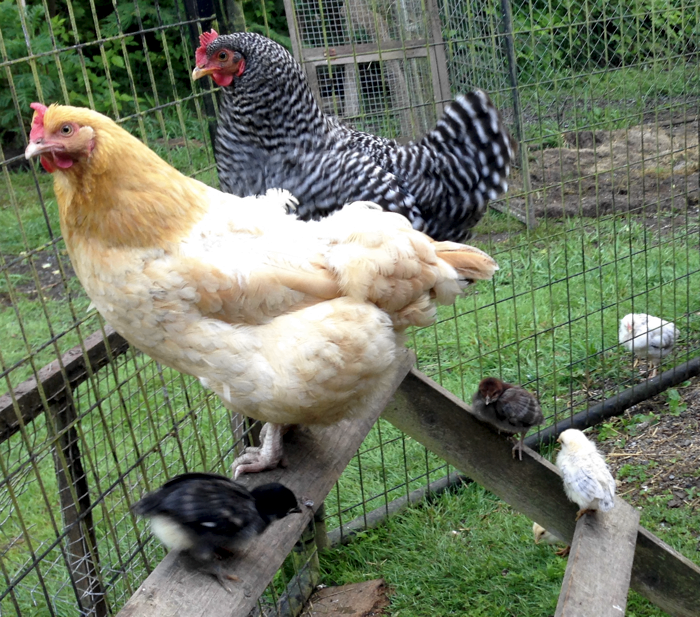
There’s always something new for the chicks to learn. Today it’s about roosting. Their mother has hopped to the top of a roost and three of her little ones are mimicking her behavior. The fourth one is off doing her own thing on the other side of the fencing. At this age, they can still squeeze through the fence wire. In another month, they will have grown too large to slip through. The first time they realize they can’t squeeze through anymore can be a traumatic experience. But they get over it and learn to go through the gate like all the adult chickens.The chicks below are learning to socialize. When their mother stops to chat with company, they wait patiently for her. Having a mother provides so many rich experiences for growing chicks. Too bad we can’t put chickens on a couch and have an in-depth conversation with them. It would be fascinating to compare the life stories of those raised by mothers and those raised without mothers.
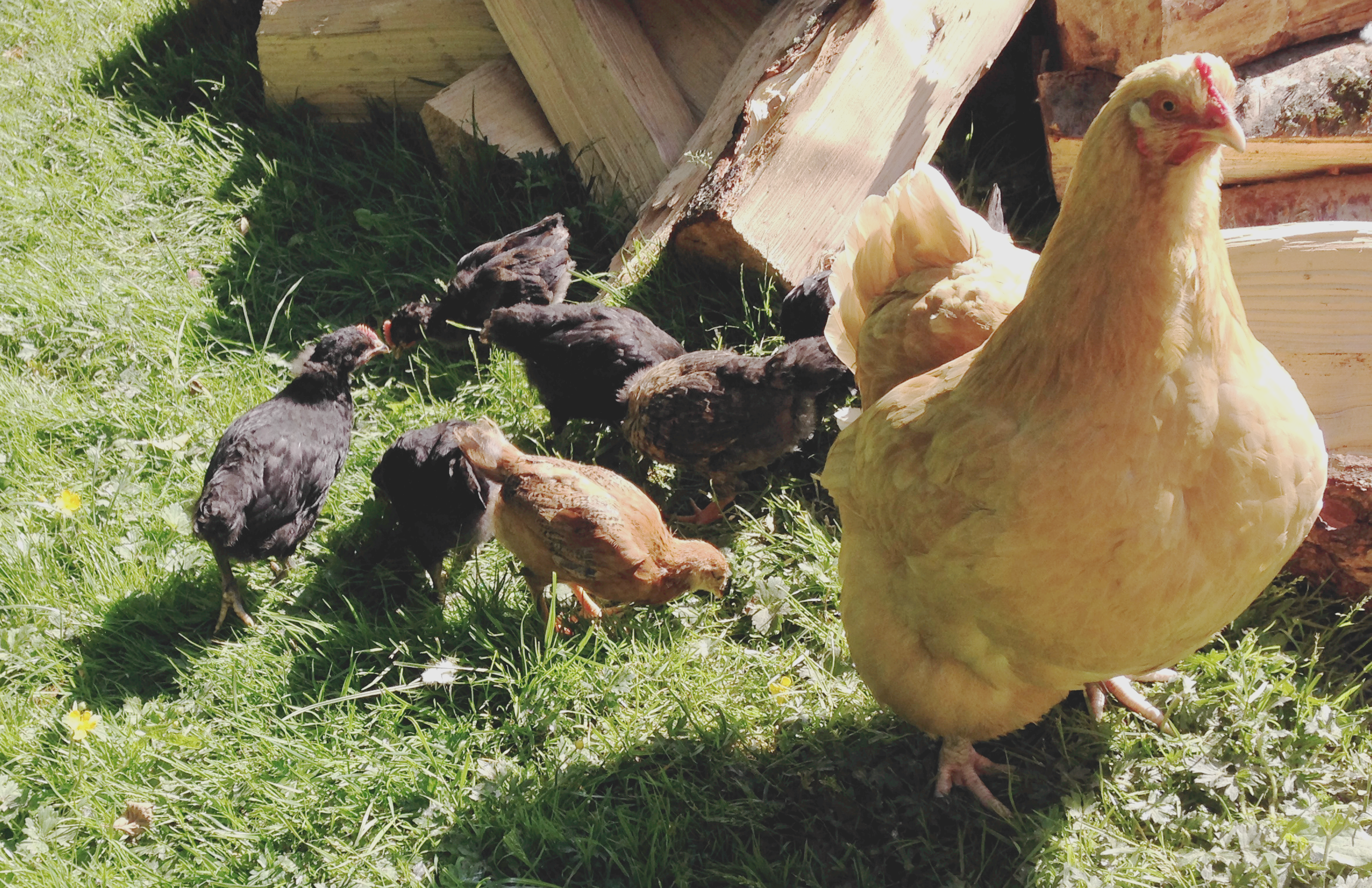
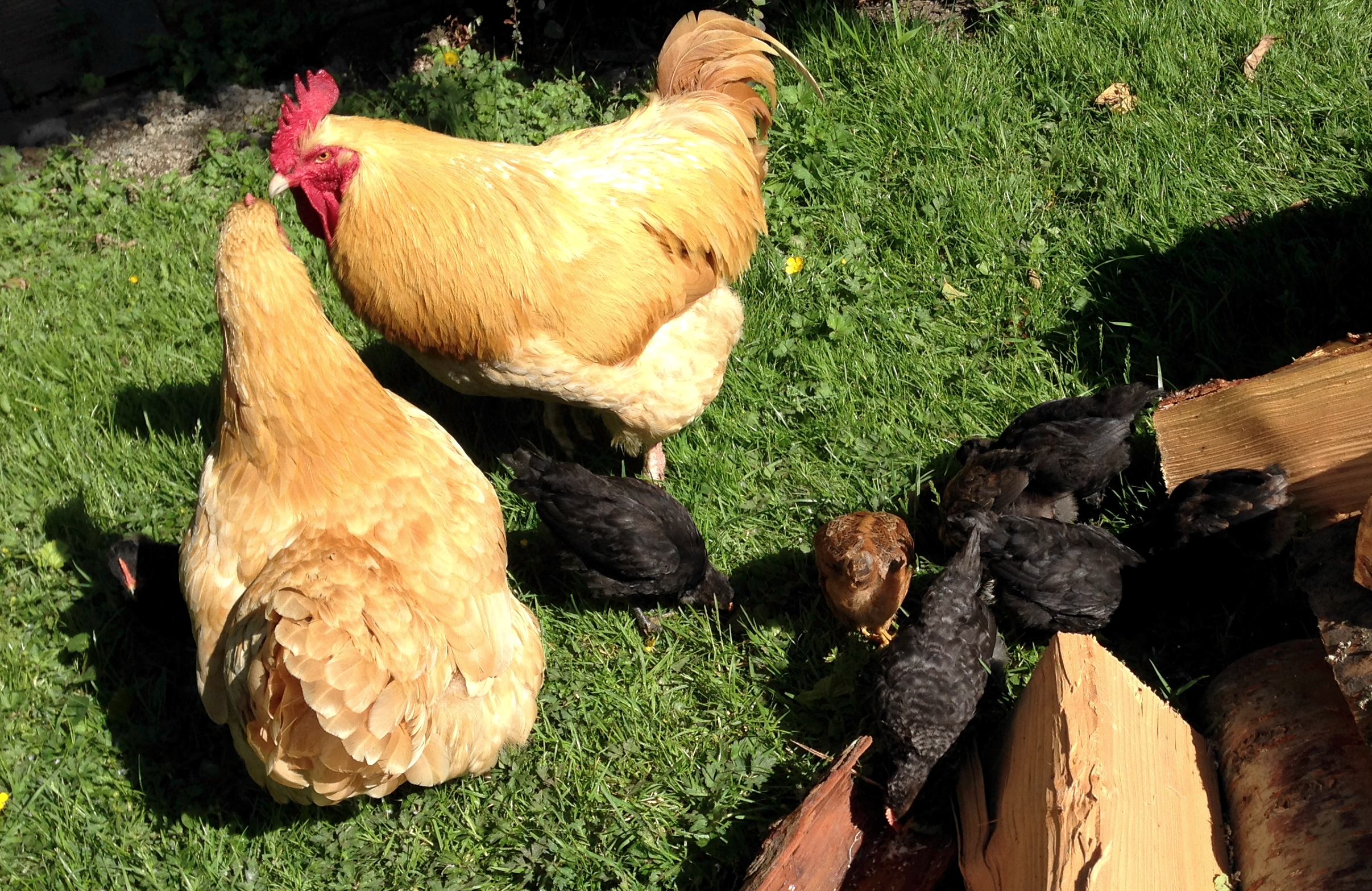
-
Bees Need Undisturbed Landscapes
Few things have impacted the lives of bees, butterflies, and other wildlife more than modern agriculture. In the European Union, more than €41 billion has been spent since 1994 to improve the landscape for wildlife. But there have been few studies to see if this effort has been helpful.
Margaret J. Couvillon, Roger Schürch, and Francis L.W. Ratnieks of the Laboratory of Apiculture and Social Insects, School of Life Sciences, University of Sussex, decided to study bees to see which landscapes they preferred for foraging.
According to Professor Francis Ratnieks:
Historically the British countryside has been good for wildlife including having many flowers to provide pollen and nectar for bees. But particularly since World World II the countryside is no longer as wildlife friendly as it used to be.
Bees are the one animal which can tell you where they have been eating. They do this through the waggle dance bees perform when they return to their hive. Through the waggle dance, the bees tell other bees where and how far away they found good foraging. Only bees who’ve had a profitable forage do the waggle dance.
Over two complete foraging years, the researches decoded 5,484 waggle dances of bees from hives on campus. The hives were less than a mile from Brighton, and so the bees had access to urban landscapes, farmland, and nature preserves. By studying the bees, the researches were able to survey nearly 100 square kilometers of land to see which areas the bees were foraging. Surveying that large an area would have been an herculean task involving many people, but by letting the bees tell them where they had gone, the researchers were able to do a thorough study.

They then plotted all the places the bees were foraging. They divided the area into 60 sections and plotted the foraging locations of the bees. The favorite foraging spot for the bees turned out to be the Castle Hill Nature Reserve.
Next, the researches divided the landscape into seven broad categories of land types. They found that rural lands and those with a higher level of protection were where the bees foraged the most.
Even though they only studied one insect, the bee, since many other insects forage where bees forage, they were able to see where many insects like to forage.
As Dr. Margaret J. Couvillon says:
The honeybees possess great potential for monitoring the landscape for flowers. One reason is because they forage at long distances, so in our study, the bees from a single location could survey and area of 100 kilometers square. … Here we have shown that listening to the bees may give us information that is relevant in helping them, such as knowing where they have gone to get their food. This makes the waggle dance more than just a honeybee behavior, it’s a powerful tool for ecology and conservation that may give us unique guidance to help let us sustain a more wildlife friendly world.
Here is a video abstract of the study:
And you’ll find abstracts of the study at these links: -
Beauty Surrounds Us
Beauty surrounds us throughout the day. Today I found a robin’s egg in a nest, was handed a bouquet of peonies from the kind driver delivering planting soil, enjoyed watching a hen with her chicks as she rested with her chicks after exploring outdoors all morning, and took in the colors of plants in bloom. And these were just a few of the many beautiful things I saw today. Even now as I edit this page, I have a lovely cat resting on my arm.
Think of all the beauty still left around you and be happy ~ Anne Frank
Everything has beauty, but not everyone sees it. ~ Confucious
Beauty is not caused. It is. ~ Emily Dickinson
Everything changes, but beauty remains. ~ Kelly Clarkson
Many eyes go through the meadow, but few see the flowers in it ~ Ralph Waldo Emerson
